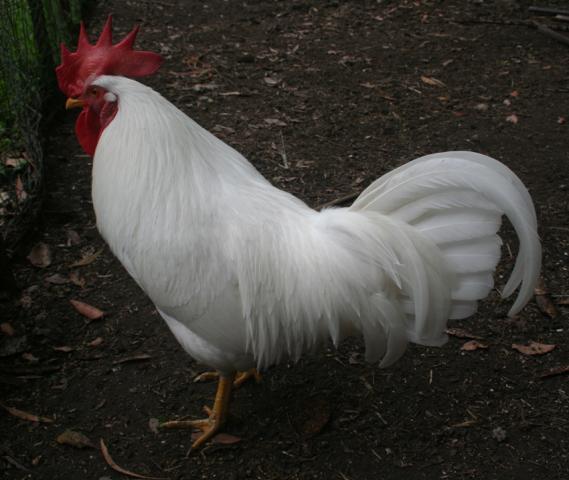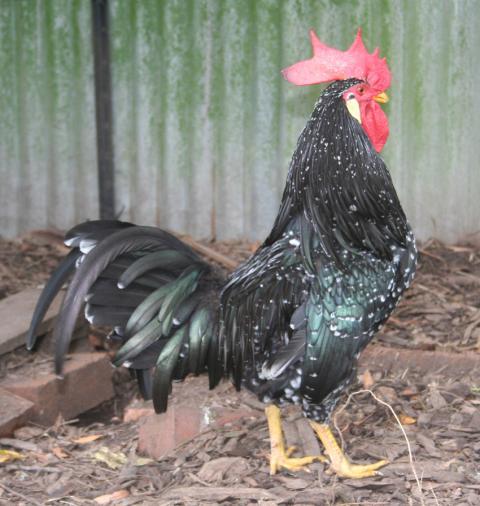- Thread starter
- #11
They have a choice of tagging with correct labels, or my buying elsewhere, I wont buy food for me on a one size fits all label and I wont do it for my livestock either.
There are ingredients that I doNOT want to feed.
People nowadays forget that chicken diets have changed drastically in the past hundred years, even in the past 40 years, and most of the change is not what is better for the chickens but what is most profitable for the mills. So a bit of caveat emptor comes into play. Just in my lifetime chicken feed has changed from what the farmer raised and fed to what the feed store sold.
My main breed, the Icelandic developed in a country with little or no grains produced, and most of that was used for people, the chickens got scraps if they were lucky, and depended on ranging for the bulk of their food.
When I was a kid helping my grandmother with her flock of RIRs in the 40s she fed mostly cracked corn, some oats and table scraps, those the dogs didnt get. The rest of their diet they ranged for. At butchering time the chickens crowded around to pick up any and all scraps.
So, my ration of ground corn, rolled steamed oats and barley with some wheat, BOSS and minerals is far better then what our breeds developed on, add in some meat or fish meal and it is pushing the better higher priced commercial feeds available.
Its not for everyone, for a number of reasons, but it is for me. Any BYC folks who want to discuss similar for them I am open, for those who dont thats fine too.
There are ingredients that I doNOT want to feed.
People nowadays forget that chicken diets have changed drastically in the past hundred years, even in the past 40 years, and most of the change is not what is better for the chickens but what is most profitable for the mills. So a bit of caveat emptor comes into play. Just in my lifetime chicken feed has changed from what the farmer raised and fed to what the feed store sold.
My main breed, the Icelandic developed in a country with little or no grains produced, and most of that was used for people, the chickens got scraps if they were lucky, and depended on ranging for the bulk of their food.
When I was a kid helping my grandmother with her flock of RIRs in the 40s she fed mostly cracked corn, some oats and table scraps, those the dogs didnt get. The rest of their diet they ranged for. At butchering time the chickens crowded around to pick up any and all scraps.
So, my ration of ground corn, rolled steamed oats and barley with some wheat, BOSS and minerals is far better then what our breeds developed on, add in some meat or fish meal and it is pushing the better higher priced commercial feeds available.
Its not for everyone, for a number of reasons, but it is for me. Any BYC folks who want to discuss similar for them I am open, for those who dont thats fine too.
Last edited:






